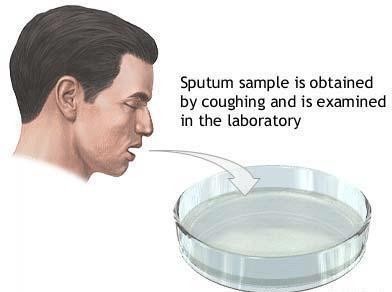To help prevent by a dissatisfied client, which objective is most important to include in the orientation classes for staff nurses? New nursing staff members will
demonstrate how to complete an adverse occurrence or variance report.
discuss how to handle complaints from clients and/or their families.
describe how to obtain legal services if needed.
maintain personal malpractice insurance.
The Correct Answer is B
Choice A Reason: Demonstrating how to complete an adverse occurrence or variance report is important, but not the most important objective. This report is a tool for quality improvement and risk management, but it does not prevent litigation by itself. The nurse should also communicate effectively with the client and/or their family, and document the incident and the actions taken.
Choice B Reason: Discussing how to handle complaints from clients and/or their families is the most important objective, as it can help prevent or resolve conflicts, and avoid escalation to legal action. The nurse should listen empathetically, acknowledge the client's feelings and concerns, apologize if appropriate, explain the situation and the plan of care, and involve the supervisor or other resources if needed.
Choice C Reason: Describing how to obtain legal services if needed is relevant, but not the most important objective.
This objective implies that litigation is inevitable or expected, which may create a negative or defensive attitude in the staff nurses. The nurse should focus on preventing litigation by providing safe and quality care and building trust and rapport with the clients and/or their families.
Choice D Reason: Maintaining personal malpractice insurance is advisable, but not the most important objective. This objective may protect the nurse's personal assets in case of a lawsuit, but it does not prevent litigation from occurring. The nurse should follow the standards of practice and the policies and procedures of the organization, and document accurately and thoroughly.
Nursing Test Bank
Naxlex Comprehensive Predictor Exams
Related Questions
Correct Answer is D
Explanation
Choice A reason: Demonstrating the proper use of personal protective equipment is important, but not the first action. The charge nurse should first assess the UAP's level of understanding and address any misconceptions or fears about HIV transmission.
Choice B reason: Offering to assist the UAP with the collection of the specimen may be helpful, but not the first action. The charge nurse should first educate the UAP about HIV transmission and infection control measures, and then evaluate the UAP's competence and confidence in performing the task.
Choice C reason: Providing the UAP with the infection control policy is relevant, but not the first action. The charge nurse should first explain the rationale and principles of infection control to the UAP, and then refer to the policy as a guideline and resource.
Choice D reason: Determining the UAP's knowledge about HIV transmission is the first and most appropriate action for the charge nurse to take, as it will help identify any gaps or misinformation that may cause fear or anxiety in the UAP. The charge nurse should then provide accurate and evidence-based information about HIV transmission, prevention, and treatment, and answer any questions or concerns that the UAP may have.

Correct Answer is B
Explanation
Choice A Reason: Waiting until the end of the second week to see if the orientee is able to complete her assignments is not the best action for the charge nurse to take. This would delay providing feedback and support to the orientee, who may feel frustrated and discouraged by her performance. The charge nurse should intervene as soon as possible to help the orientee improve her skills and confidence.
Choice B Reason: Assigning the orientee to work with an experienced nurse who is a long-time, efficient employee is the best action for the charge nurse to take. This would provide the orientee with a role model and a mentor who can guide her through the daily tasks, share tips and tricks, and offer constructive feedback and encouragement. The orientee would benefit from learning from someone who has mastered the workflow and expectations of the unit.
Choice C Reason: Informing the supervisor that for client safety this nurse should be assigned to a slower-paced unit is not the best action for the charge nurse to take. This would imply that the orientee is incompetent and unsuitable for the unit, which may damage her self-esteem and motivation. The charge nurse should first try to help the orientee adjust to the unit and develop her competencies before considering a transfer.
Choice D Reason: Talking to the orientee and asking her if she has considered working in a less stressful environment is not the best action for the charge nurse to take. This would suggest that the charge nurse has given up on the orientee and does not believe in her potential. The charge nurse should first try to understand the challenges and needs of the orientee and provide appropriate guidance and support before suggesting alternative career options.
Whether you are a student looking to ace your exams or a practicing nurse seeking to enhance your expertise , our nursing education contents will empower you with the confidence and competence to make a difference in the lives of patients and become a respected leader in the healthcare field.
Visit Naxlex, invest in your future and unlock endless possibilities with our unparalleled nursing education contents today
Report Wrong Answer on the Current Question
Do you disagree with the answer? If yes, what is your expected answer? Explain.
Kindly be descriptive with the issue you are facing.
